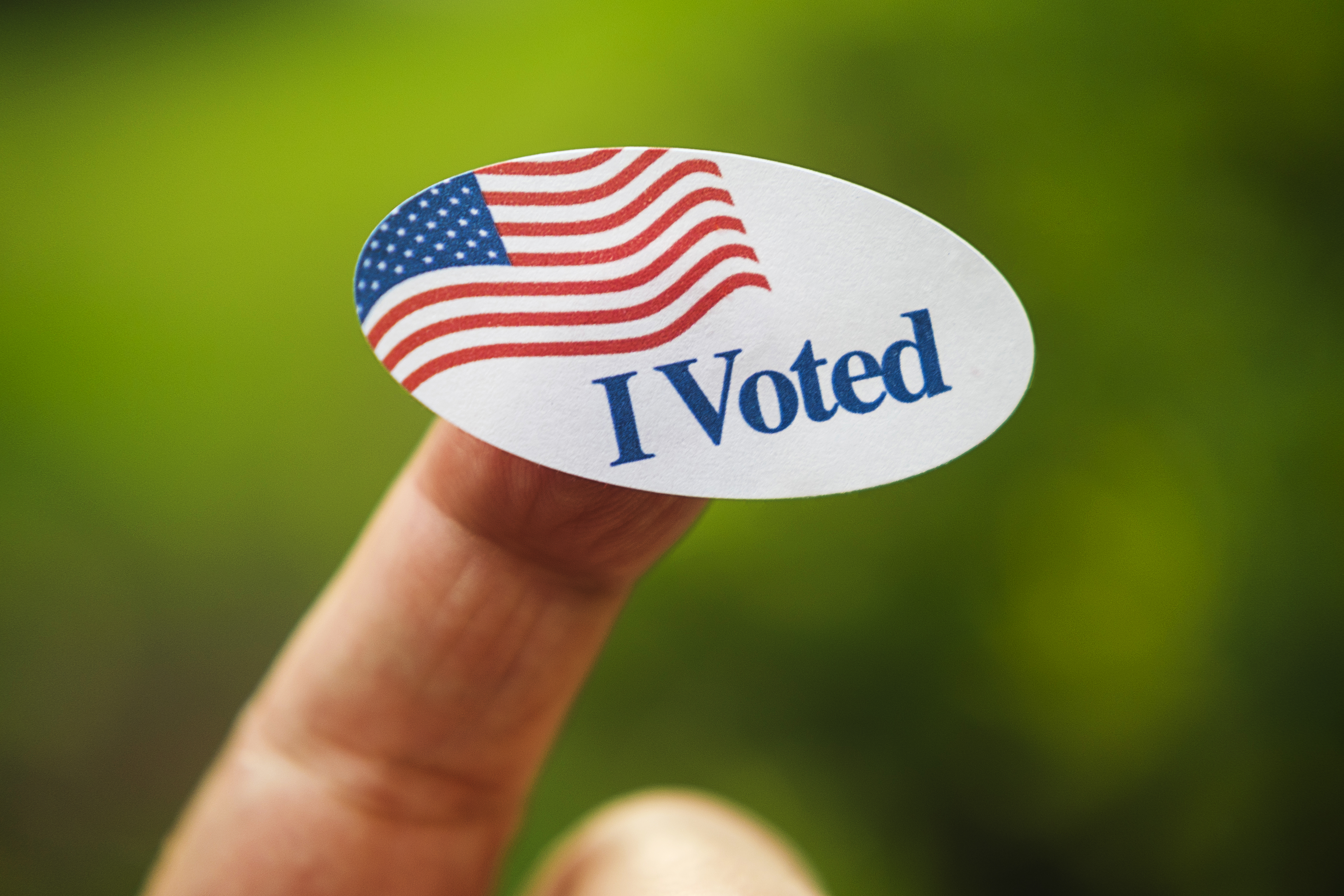Every four years, Americans cast ballots to determine their chosen president of the United States, but technically speaking, the choice isn’t theirs alone.
That’s because the Constitution calls for the Electoral College to choose the president, casting ballots in December to help determine the next occupant of the Oval Office.
How does the process work? Do electors have to represent the stated desire of those who vote for the presidency? Here is a breakdown of the Electoral College.
What is the Electoral College?
Simply put, the Electoral College is a group of 538 individuals tasked with voting to determine the president of the United States in each election cycle.
While voters head to the polls in November to cast ballots, they aren’t technically voting for a specific candidate. Instead, they are voting for a slate of electors that will represent that candidate if they prevail in a given state.
In Illinois for example, voters will determine whether to elect a slate of electors representing Vice President Kamala Harris, former President Donald Trump or independent candidate Robert F. Kennedy, Jr.
Local
How are the number of electors in each state determined?
Feeling out of the loop? We'll catch you up on the Chicago news you need to know. Sign up for the weekly Chicago Catch-Up newsletter.
Each state receives a number of electors equal to its representation in both chambers of Congress, meaning that each state is guaranteed at least three electors.
In the state of Illinois for example, there are 17 members of the House and two senators, giving the state 19 votes in the Electoral College.
The District of Columbia, though it does not have senators or representatives, does receive three Electoral College votes.
How do states decide which candidate’s slate is named as electors?
In 48 of the 50 states, as well as the District of Columbia, the candidate’s slate who receives the most popular votes automatically gets the full share of their Electoral College votes.
In Nebraska and Maine, a “district system” is used, meaning that an Electoral College vote is given to the candidate who wins in each of the state’s Congressional districts. Two votes are then given to the candidate who receives the most votes statewide, according to the National Archives.
Nebraska split its votes in 2020, with former President Donald Trump receiving four votes and President Joe Biden taking an Electoral College vote from the district immediately surrounding Omaha.
Maine also split its votes, with Biden taking three votes and Trump taking one.
Do electors have to cast their ballots for their given candidate?
There are a number of states that bind electors to their chosen candidates, but some states allow for so-called “faithless electors” to change their votes when the Electoral College officially casts its ballots, according to the Library of Congress.
These situations tend to be rare, as political parties tend to choose reliable electors for their slates. In 2016 however, there were seven “faithless” electors who opted not to cast ballots for former President Donald Trump and former Secretary of State Hillary Clinton, according to 270toWin.
Those votes ultimately didn’t deprive Trump of his majority in the Electoral College, but if “faithless electors” cause a candidate to fall below the 270-vote threshold, then it could cause the election to be decided in the House of Representatives instead.
When does the Electoral College cast its ballots?
According to federal law, the Electoral College does not meet in a single location, but rather has each state’s slate of voters cast ballots in meetings on the first Tuesday after the second Wednesday of December.
This year, that date falls on Dec. 17, according to the National Archives.
When are votes officially tallied?
Votes are officially tallied during a joint session of Congress on Jan. 6, allowing for the new House and Senate members to take their oaths of office before overseeing the count of ballots.
The vice president, serving in their role as President of the Senate, oversees the count in a ministerial role. This means that Harris could certify her own victory, or that of Trump during the joint session.
What happens if there’s a tie?
Since there are 538 Electoral College votes up for grabs, it is possible for there to be a 269-269 tie, with the most likely scenario for that occurring if Republicans can secure Nevada, Arizona and all of Nebraska’s Electoral College votes, while Democrats capture battleground states in Wisconsin, Michigan and Pennsylvania.
In the event of a 269-269 tie, or if a candidate does not win at least 270 electoral college votes thanks to a third-party candidate, the House of Representatives would then vote for the presidency, with each state delegation receiving one vote.
In that scenario, Republicans would likely elect Trump to the White House, as they are expected to control the majority of state House delegations.
The Senate would then vote on the vice presidency, and while control of that chamber is up for grabs in this election cycle, it is possible that the body could choose a candidate of a different political party.
There have been two instances in which the presidency has been determined by the House, with Thomas Jefferson defeating John Adams and Aaron Burr in 1800 and John Quincy Adams defeating Andrew Jackson and William Crawford in 1824.



